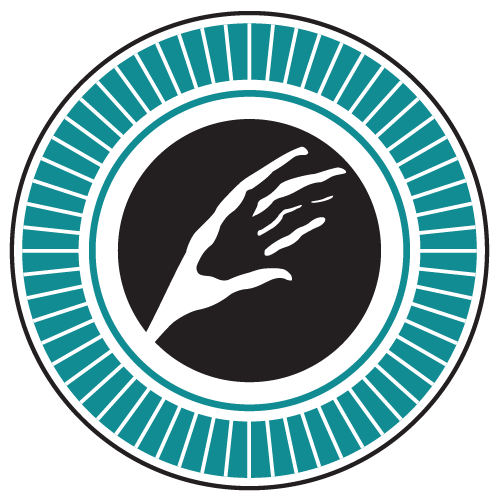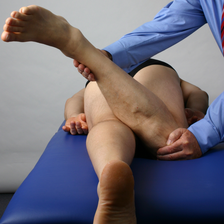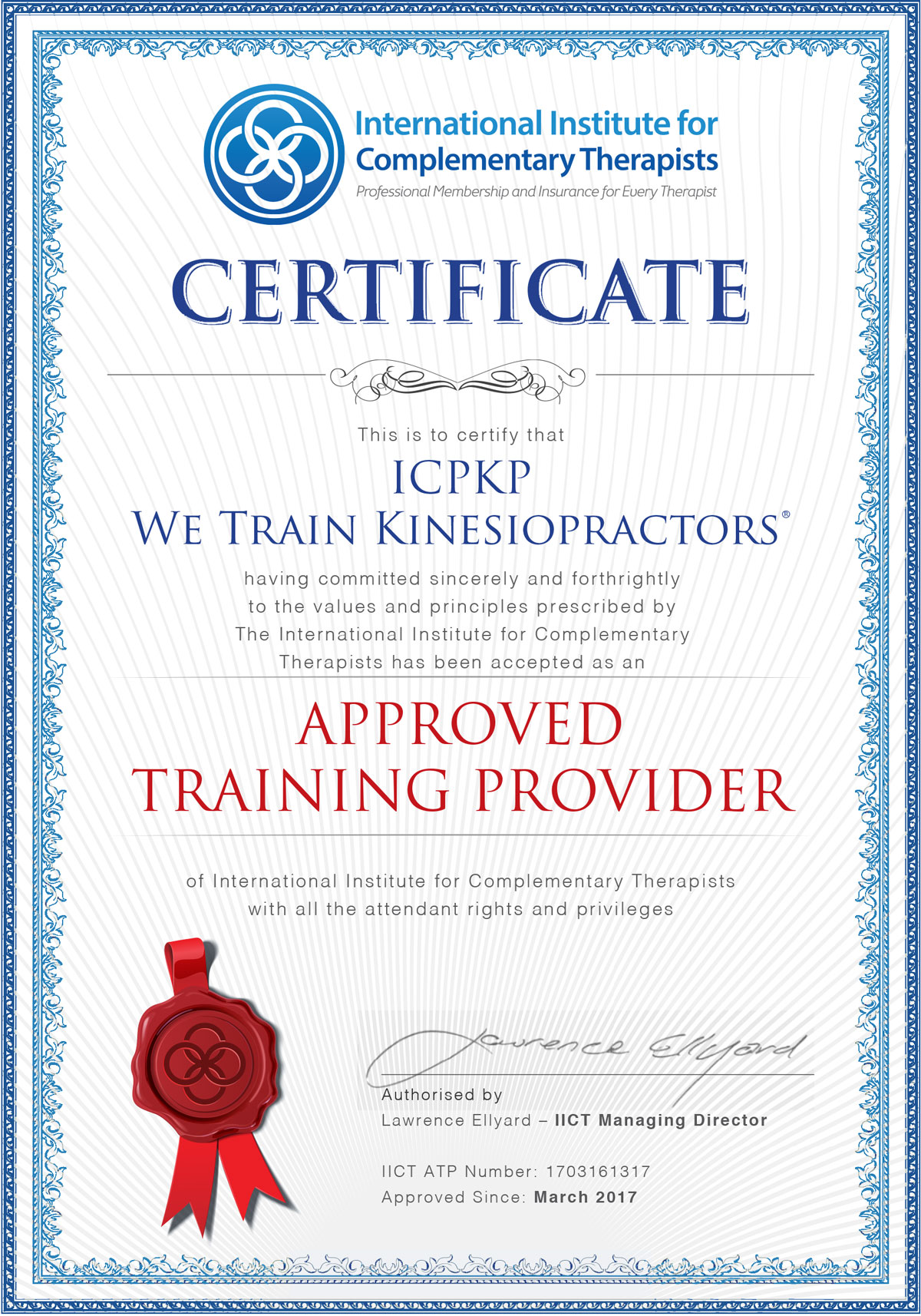PDG302-en
Pelvic Diaphragm – Uterine Lift
In this 2nd unit you will study the anatomical structure and understand the potential problems associated with the pelvic diaphragm. You will develop the necessary skills to test and balance the energy of 12 muscles in the region and learn how to improve the muscle tone of pelvic floor muscles that may have been severely stressed or torn during child-birth.
This will include knowledge of a range of specific exercises and nutritional support to aid pelvic floor competency. You will also be able to adjust the tone of the sphincters relating to bowel and bladder function and provide relief from the misery and humiliation of urinary incontinence that many clients may face.
Your new skill set will include the ability to apply the uterine lift technique and the sensitivity and professionalism to discuss the emotional components and social implications of imbalances you detect.
Elements of learning:
- Pelvic floor competency – ST #8a
- Muscles of the Pelvic Diaphragm
Range: coccygeus (ischiococcygeus), levator ani (iliococcygeus, pubococcygeus), deep and superficial transverse perineal muscle, bulbospongiosus, ischiocavernosus, vaginal muscles, sphincter urethrae, anal sphincter - Pelvic diaphragm energy balancing (uterine lift)
- Homework exercises
- Foods that affect pelvic diaphragm muscles
- Utilise all techniques learned to date within the PKP Balancing Protocol
Prerequisites:
- PDG 11.301


